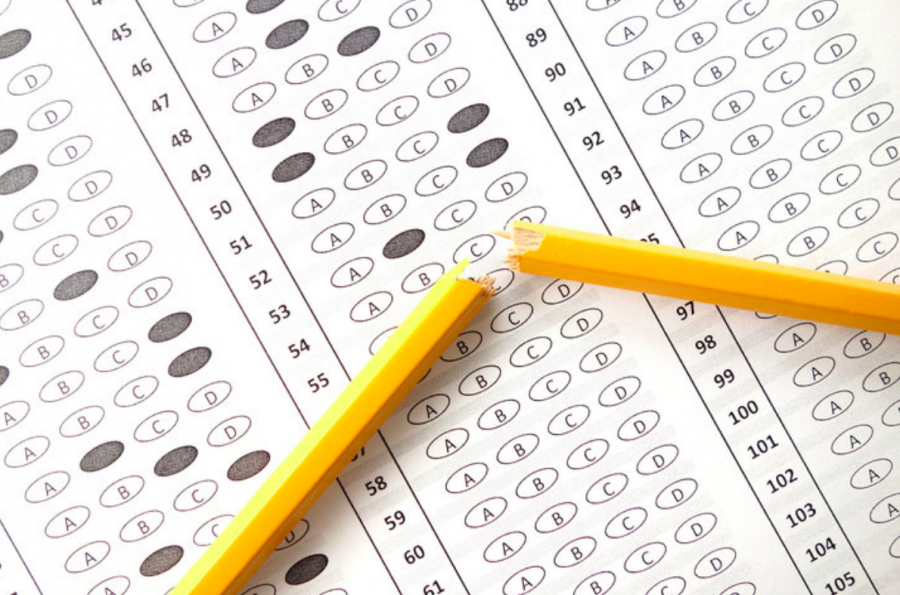STAAR/EOC Testing: Do Students Care?
Standardized testing has been in my life since third grade when my teacher taught me how to use descriptive colors like “aquamarine blue” and “forest green” in my papers. With English I and II testing in Highland Park on April 10 and 12 respectively, it had me questioning why I have to sit for hours and answer 65 questions about random passages I don’t really care about.
The main purpose of standardized tests like State of Texas Assessments of Academic Readiness (STAAR) is to test students’ skills in subjects such as english, math, science, or social studies. Scores also give parents and teachers a good idea of how students are doing in comparison to other students who have taken the tests.
Yet, I couldn’t help but wonder how accurate the scores were. The instructions read to my testing group said to always put what answer we think is correct, or to use process of elimination so that we could get the best score possible. But, while we passed around the sheet and signed it to say our phones were turned off and put away, I overheard a group of guys talking in the back corner. They joked that they would pay one of the boys ten dollars if he finished the entire test, essay and all, in half an hour. The boy countered with twenty dollars if he turned in the test in fifteen minutes instead.
Though it took well over fifteen or thirty minutes for the students in my classroom to finish their tests, I couldn’t help myself from wondering how much effort everyone was really putting into it. And, if students weren’t putting effort into the test, how accurate scoring for standardized tests are.
All over the Internet, there are articles and studies that show the faultiness of standardized testing scores. In a study done by Christopher Tienkin he examined three years of test scores from sixth through eighth grade in more than 300 New Jersey schools. By looking at the percentage of families in the community with income over $200,000 a year, the percentage of people in a community in poverty and the percentage of people in a community with bachelor’s degrees, he was able to predict the percent of students who scored proficient or above in 75% of the schools we sampled.
Marion Brady, a Florida educator, found some negative consequences of standardized testing in his book, What’s Worth Learning? The list included that commercially produced machine-scored standardized tests are unavoidably biased by social class, ethnic, and cultural differences. He also noted the testing penalized those who think in “non-standard” ways, which is common for young people.
An infamous showcase of the faults of standardized testing was in an article Sara Holbrook. She talks about her two poems used in two different STAAR tests, and tries to answer the questions about her poem. At the first question, she is stumped and unable to choose one answer. Some questions have more than one answer, while others don’t have an answer at all.
So after researching standardized testing, I’m not quite sure it matters if students try on them. With so many factors influencing scores, maybe it’s smarter to bet twenty dollars and turn in a scantron bubbled ‘C’ the entire way down.



